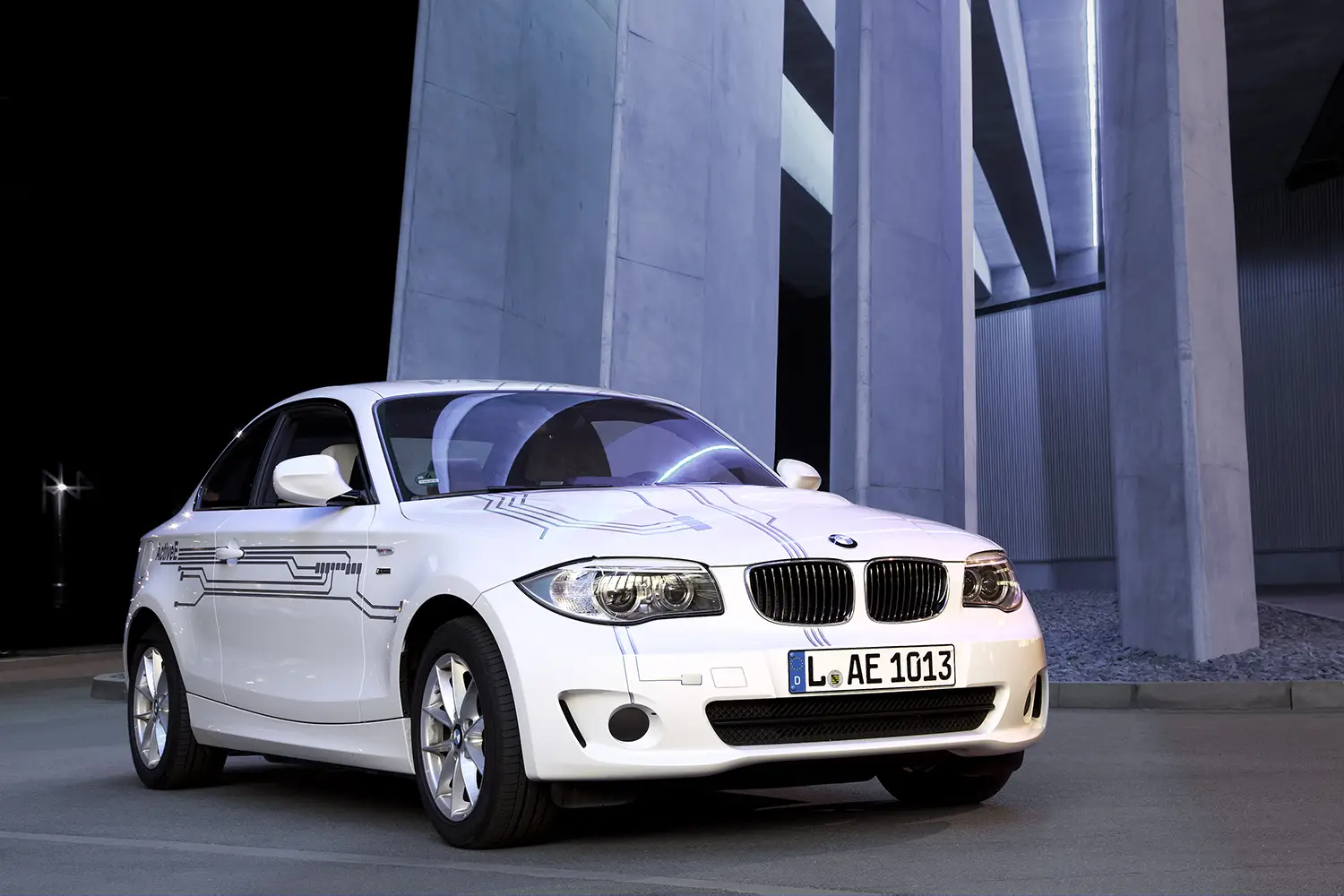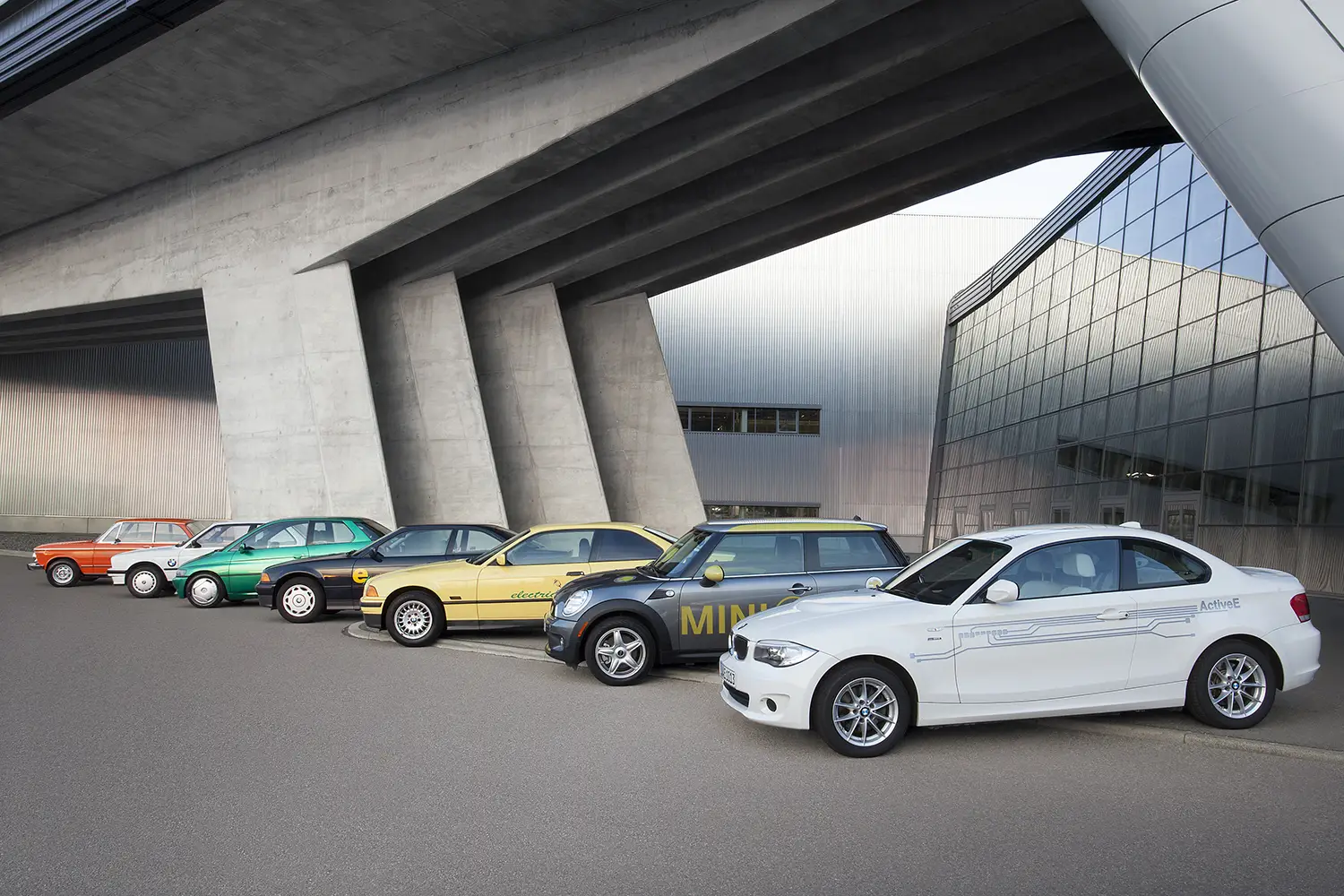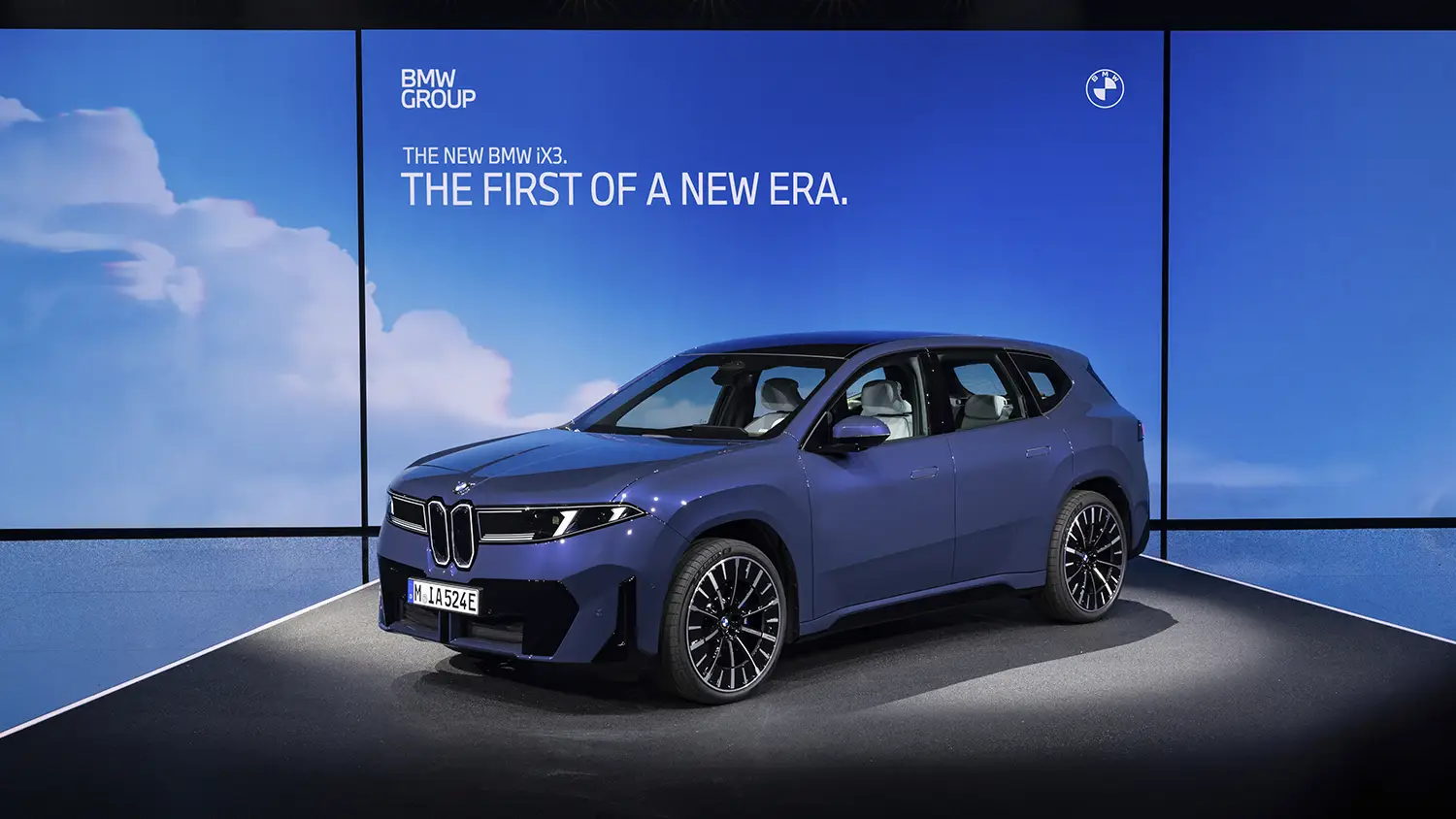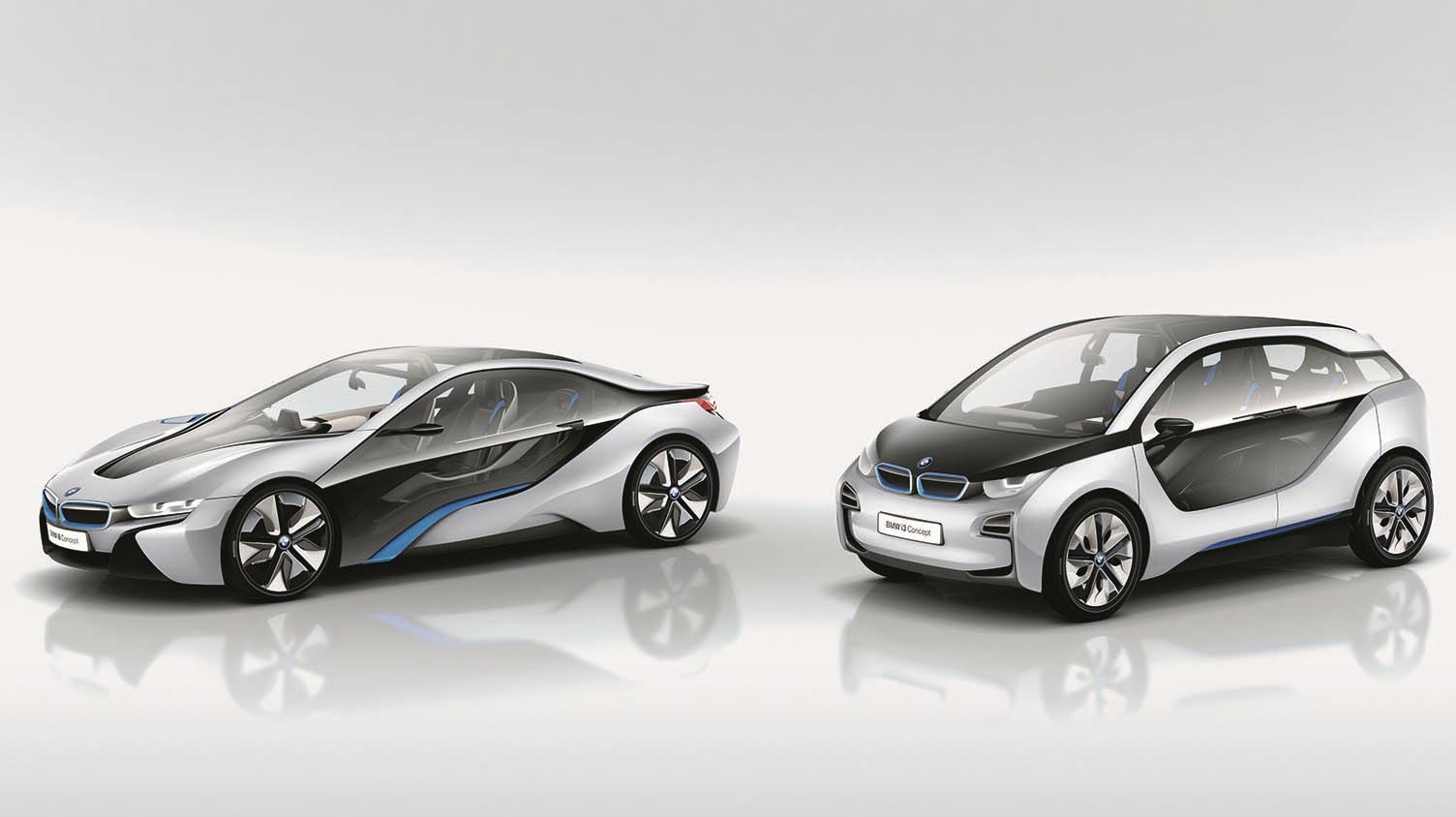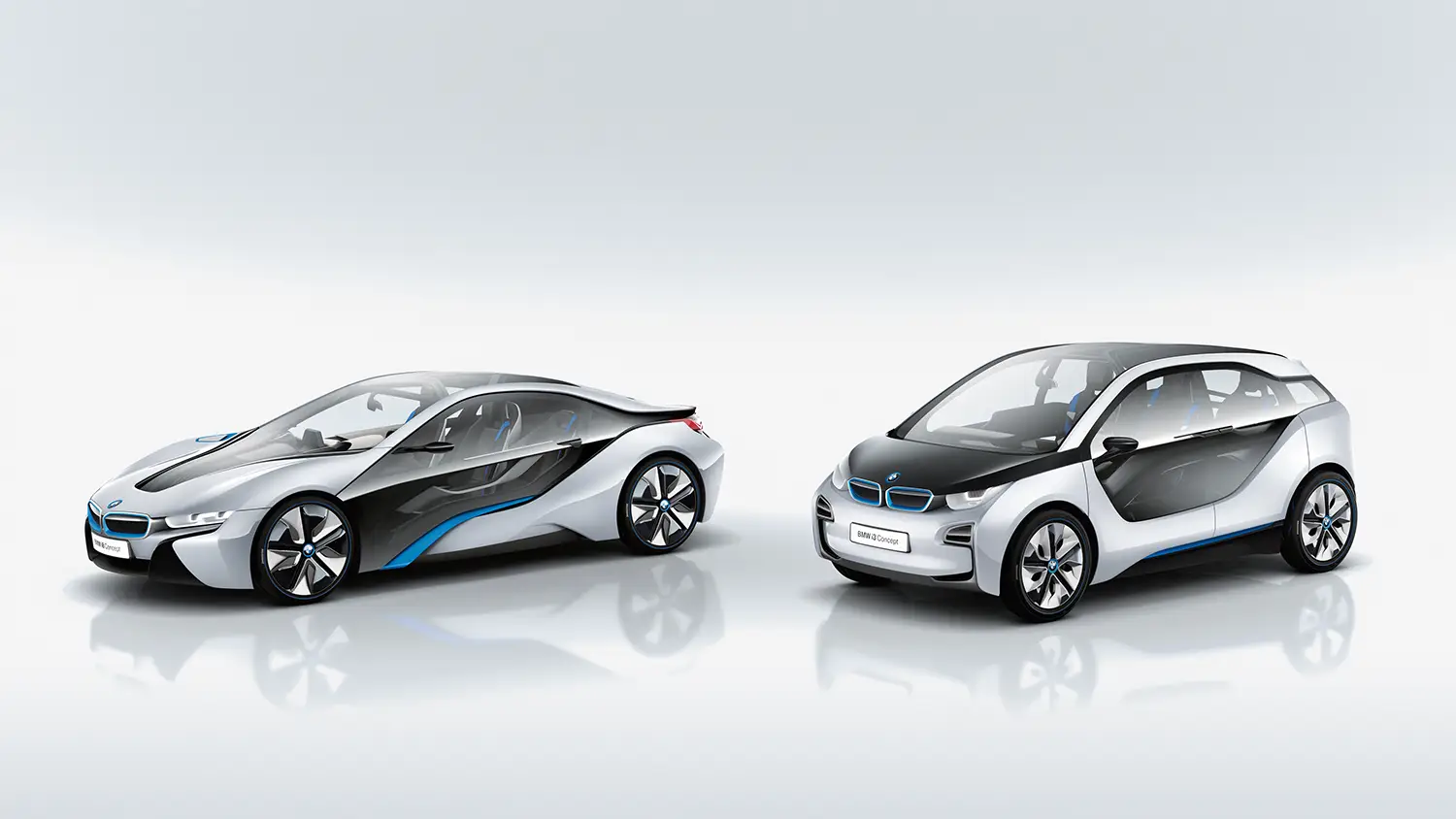
What if one project could redefine how we think about city driving? That is exactly what BMW Project i set out to do. Born from BMW’s vision of tackling climate change, mega-city congestion, and shifting customer needs, Project i became the blueprint for the brand’s electrification era. It was a bold experiment that delivered the i3 and i8, two cars that still symbolize innovation and sustainable mobility.
The origins of BMW Project i
The idea behind BMW Project i began with urgent questions about the future. Cities were becoming denser, emissions were rising, and carmakers had to rethink mobility. BMW’s leadership, led by Chairman Norbert Reithofer in 2007, pushed for radical answers. Project i was created as an independent think tank, free to break conventions and build solutions for urban mobility.
From MINI E to real-world electric testing
To start, engineers developed a prototype powertrain using off-the-shelf parts and placed it inside a MINI. The result was the MINI E, a fleet of 500 test cars distributed to real customers in Los Angeles and New York. These cars provided crucial insights about charging habits, range anxiety, and daily usability. The lessons learned would directly inform the next steps of Project i.
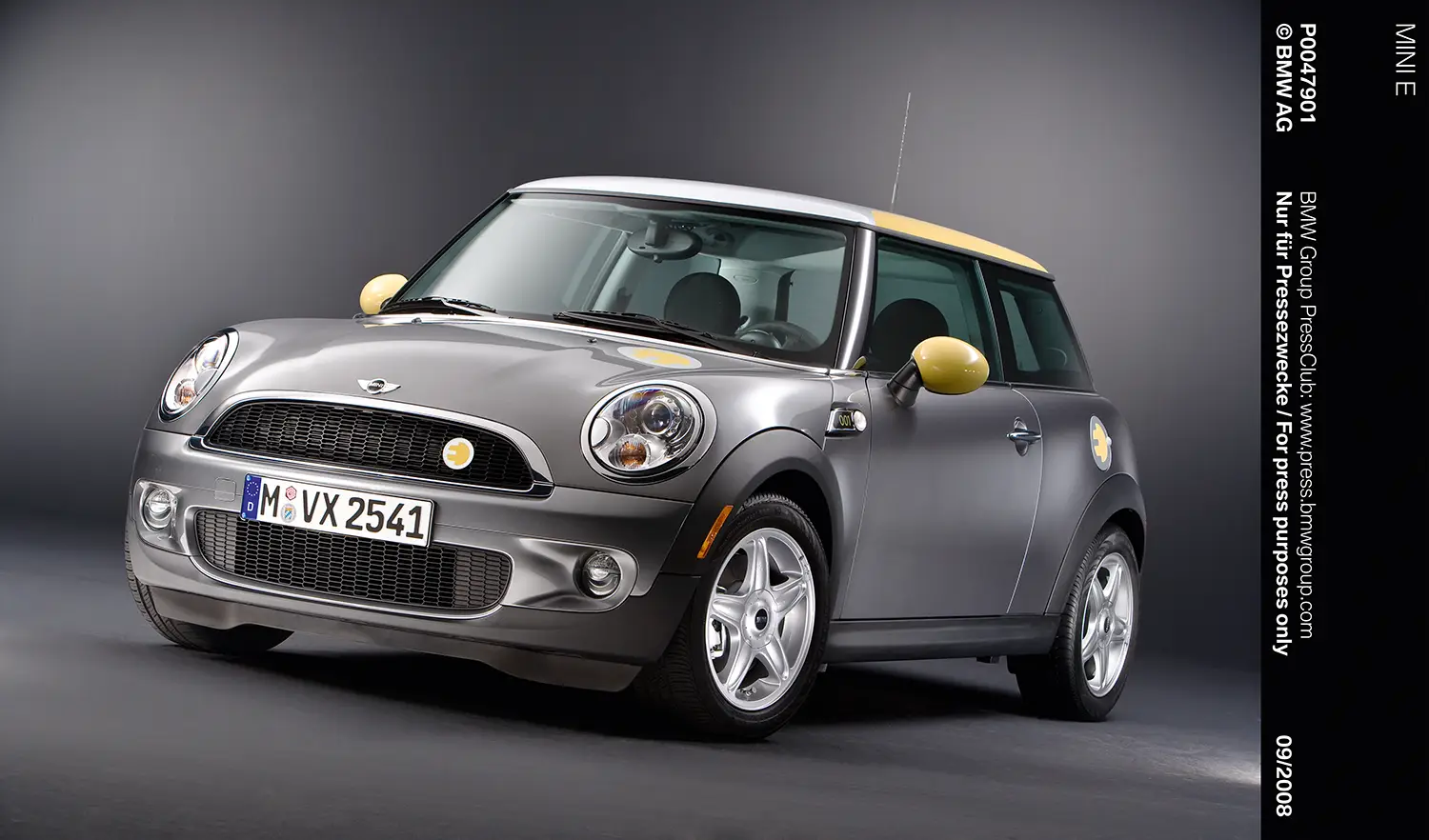
The ActiveE and battery innovations
Phase two arrived with the BMW ActiveE, based on the 1 Series. This model used an in-house electric motor paired with advanced batteries from a Samsung and Bosch joint venture. Engineers carefully studied weight balance, range, and durability. Placing the heavy battery pack in the floor lowered the center of gravity, which enhanced agility, a principle that would define future BMW EVs.
Lightweight design and carbon fiber revolution
BMW realized early that electric mobility required more than just batteries. Weight reduction was essential. The answer came with carbon fiber reinforced plastic (CFRP). This Formula One-grade material became central to the Megacity Vehicle concept. By 2010, BMW invested heavily in carbon fiber production, opening new facilities in Washington State to support the project.
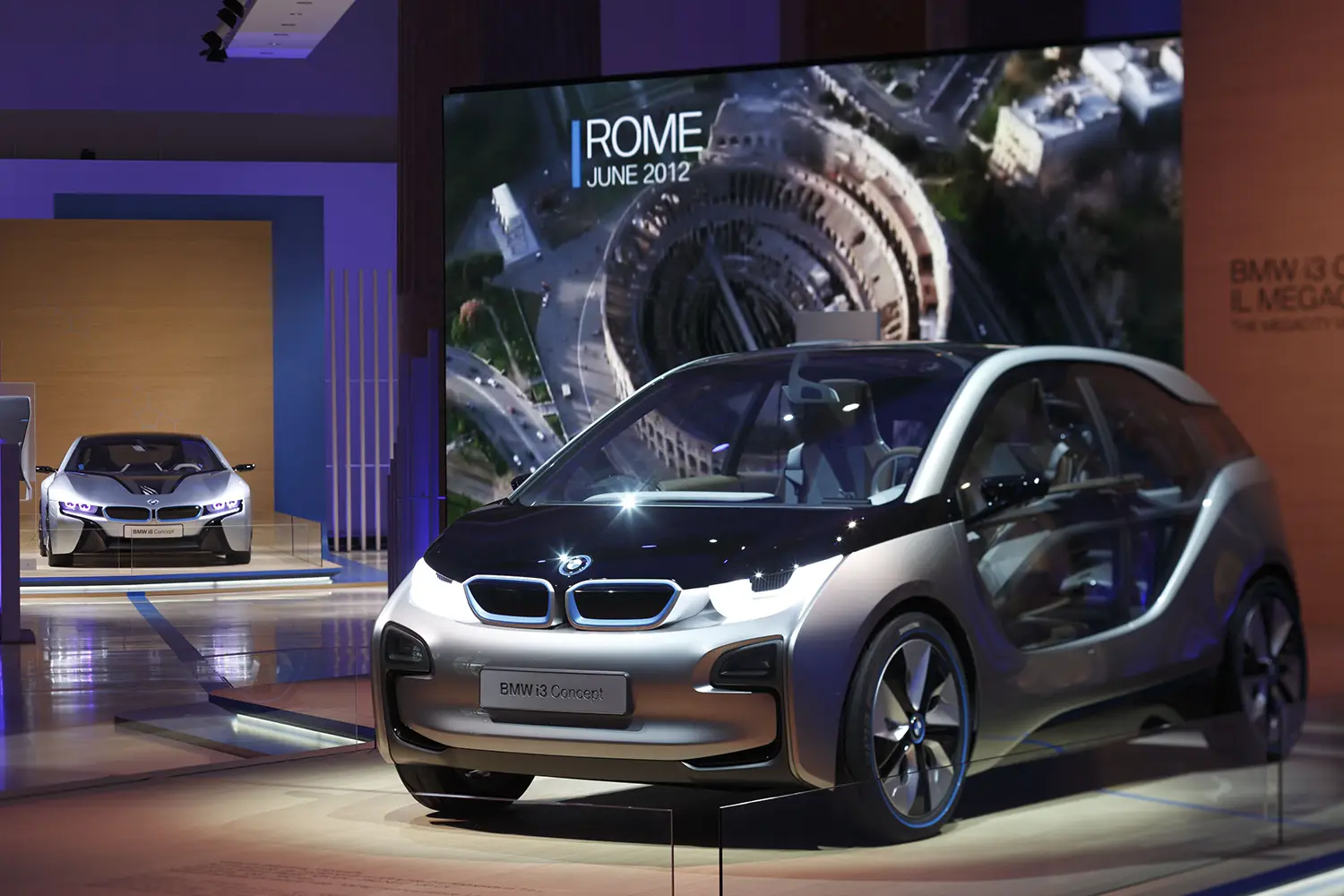
The BMW i3: urban mobility redefined
In 2013, the i3 entered production. With its CFRP body, aluminum chassis, and compact footprint, it was designed specifically for city life. Its electric motor delivered 174 horsepower and sharp acceleration, while the lightweight design ensured nimble handling. Range initially stood at 80–100 miles, later expanded with larger batteries. Customers praised its silent interior and futuristic cabin made from recycled materials.
The BMW i8: a futuristic sports car
Alongside the i3, BMW unveiled the i8, a plug-in hybrid sports car that looked like it came from the future. Combining a three-cylinder turbo engine with an electric motor, it produced 362 horsepower and accelerated to 62 mph in just 4.4 seconds. Its dramatic design and advanced CFRP chassis made it a halo model for the i sub-brand. Production ran until 2020, leaving a lasting mark as one of the most ambitious hybrids ever built.
Legacy of BMW Project i
While sales of the i3 and i8 were modest compared to mainstream BMWs, their impact was enormous. They changed public perception of electric cars and transformed BMW’s own approach to vehicle design. The experience gained in Project i led directly to today’s Power of Choice platform and set the stage for the Neue Klasse architecture.
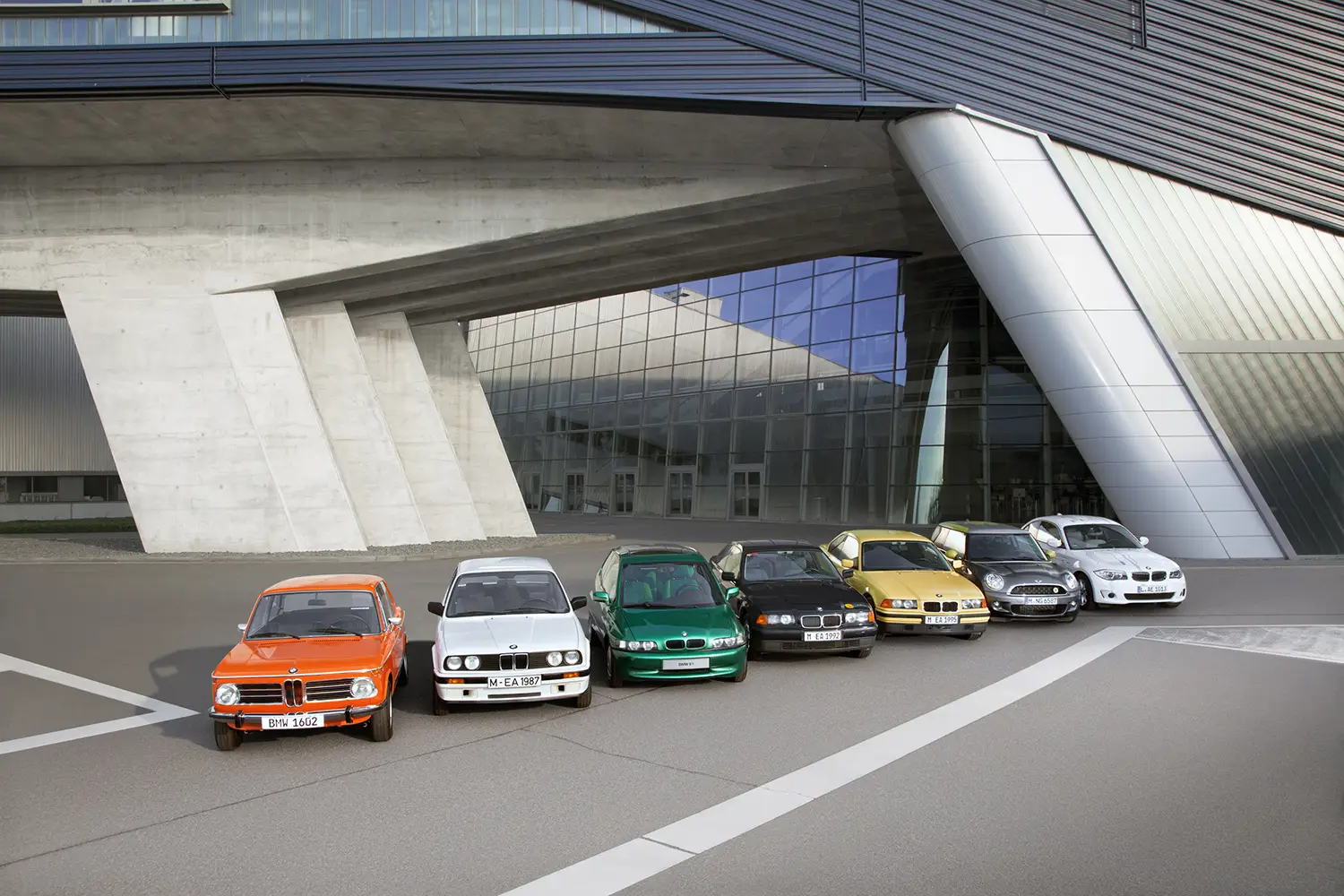
Summary
BMW Project i was more than an experiment, it was a turning point. By daring to rethink mobility, BMW delivered cars that blended sustainability with driving pleasure. The i3 and i8 proved that electric cars could be exciting, desirable, and forward-thinking. Today, as BMW prepares its Neue Klasse, the legacy of Project i continues to guide the brand’s electrified future.
Disclaimer: Content on this site is for informational purposes only. Vehicle specs, pricing, and availability may change. Always verify details with official sources before making decisions. Opinions are those of the authors.
Source: BMW
